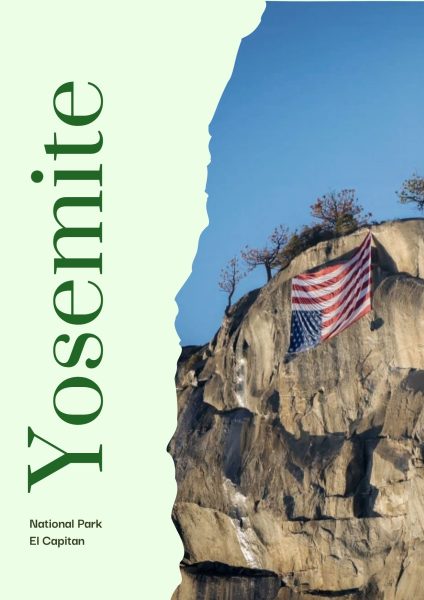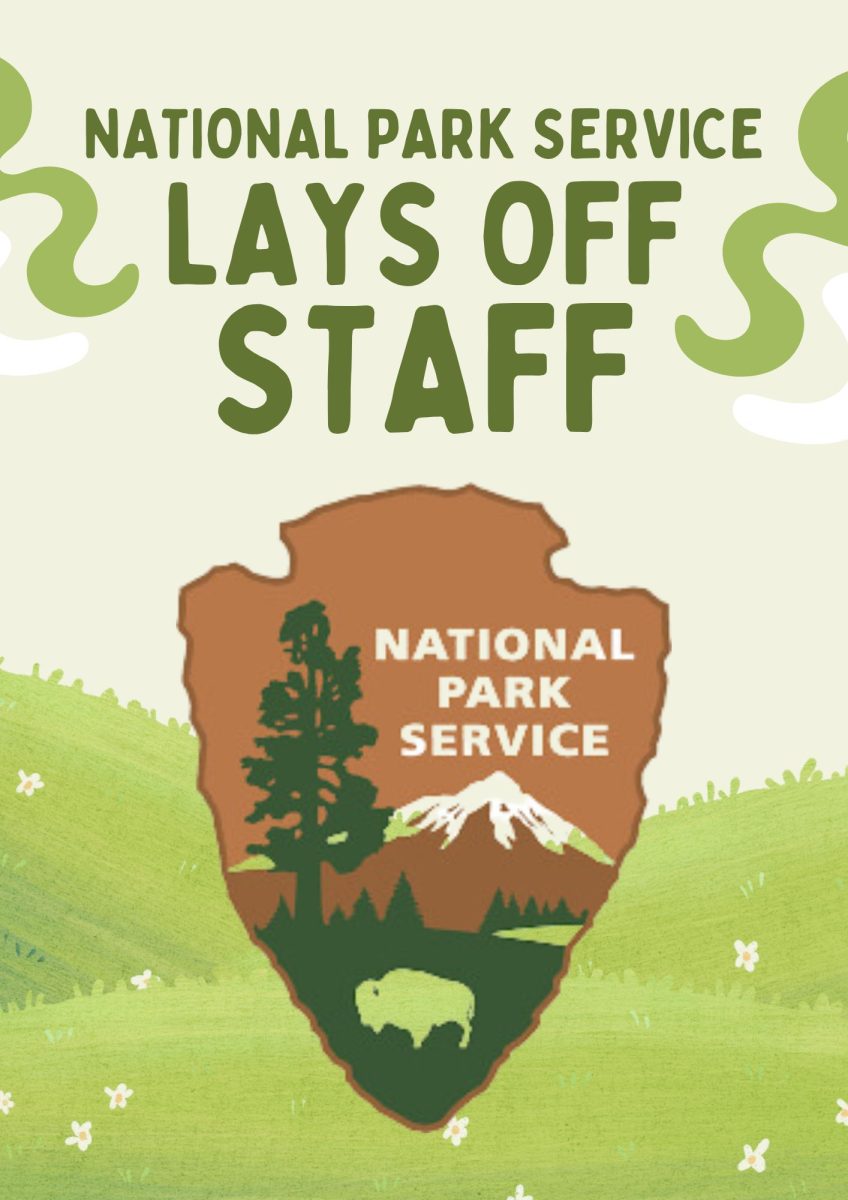Protest at Yosemite National Park Raises awareness for workers who were laid off
On Feb. 14, about 1,000 newly hired National Park Service employees who educate tourists, and maintain and clean parks were laid off from their jobs as a part of the Trump Administration’s wider efforts to reduce the federal government workforce. Although many had lost their jobs, later that week the Trump Administration gave the NPS permission to fill temporary seasonal positions that had been paused due to the federal hiring freeze. Trump had also appointed Elon Musk to run The Department Of Government Efficiency. Both of them mentioned that the federal layoffs were to eliminate waste. A dozen of those workers who were laid off worked at Yosemite. The firings weren’t publicly announced but were confirmed by democratic senators and House members. This had led people to start protesting at the Yosemite National Park for those who lost their jobs.
Miguel Cortez ‘27 said, “I think [the layoffs are] not good at all. It’s very vital that we have people looking over our national parks to make sure things stay safe.”

During the protest the people hung an upside down American flag at the top of El Capitan Summit located in Mariposa County, California. Not only was it Yosemite that was protesting but also Colorado’s Rocky Mountain National Park. Locals had said that hundreds showed up to the protest. Another protest was also gathered around outside city hall in Flagstaff, Arizona with roughly 500 people. This layoff also increases the risk of the public and the park’s safety due to the lack of employees. Former National Park employees had also mentioned their concern that the layoffs will make visiting the parks a poor experience, harming the natural beauty and the businesses that rely on Yosemite. Without a sufficient number of employees, especially with the rise in visitors per year, the park’s cleanliness and safety will be at a higher risk to not be upheld. Certified EMT employees have also been laid off, reducing the amount of rangers who are able to perform CPR and other medical assistance, putting visitors in greater risk if they are in need of emergency assistance.
This is not the first time this idea became apparent to the public either. In 2017, Trump proposed cutting the Park Service budget by 13%, but this never came into effect.
In addition to the employees losing their jobs many had also lost their homes, as many park, forest and wildlife refuge employees live on-site in government housing. So now, not only are they without work, they are without homes.
Elijah Burt ‘25 said, “I think our national parks are very important and very threatened by a lot of climate activities and people, so if we don’t have workers it will be dangerous for our national parks.”















